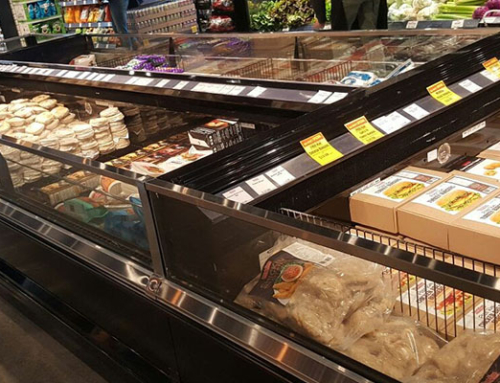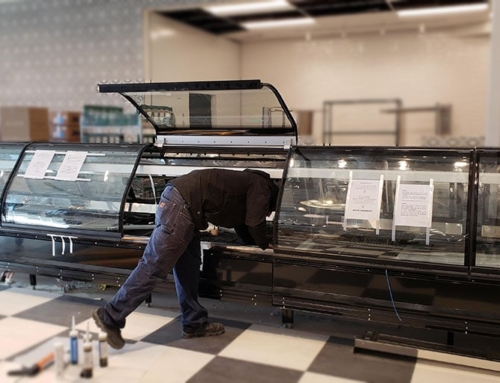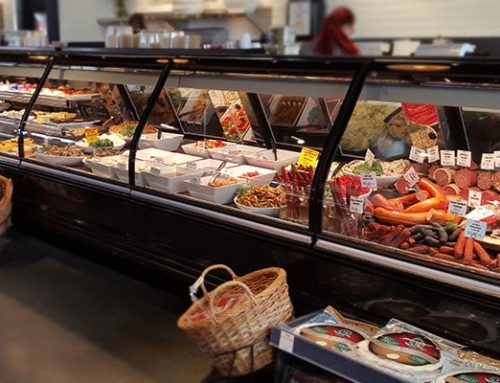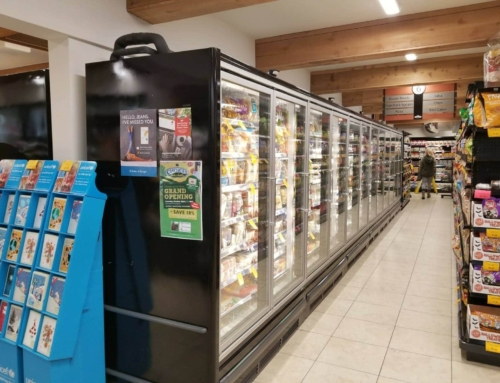Restaurants, hotels, delis and other businesses in the food service industry rely on walk-in freezers and coolers to store foods and drinks, keep food fresh and contaminant-free and comply with food health and safety guidelines. Over time, normal wear and tear leave telltale signs that the units are nearing the end of their lifespan.
Walk-in freezers and coolers typically have lifespans of around 15 years. However, depending on usage, maintenance and repairs, a unit may last longer or expire earlier. It’s not advisable to wait until a unit breaks down before replacing it, as this can compromise your business’s bottom line and your patrons’ health. Below are some signs to help you determine when to replace your walk-in cooler or freezer.
Excessive Noise and Heat
Properly functioning walk-ins emit a faint hum. Walk-ins producing excessive noise and heat may be nearing the end of their lifespan. Lots of noise and heat can signal an overworked compressor, loose parts or other mechanical problems. If your appliance is loud or overheats, you should consider replacing it.
Walk-ins are among the more costly appliances used in the food service industry; however, business owners can quickly reap the benefits of investing in newer units.
Inconsistent Temperatures
Walk-in coolers typically operate at a temperature below 40° F, while walk-in freezers operate at around -10° F. If your walk-in freezer or cooler’s temperature keeps fluctuating, it could be that the doors are kept open for too long, the sensor is malfunctioning or the insulation is defective or old.
A malfunctioning sensor or aging insulation can compromise the unit’s contents and your patrons’ health. If human error is not the cause of the malfunction and you were considering changing the unit anyway, it’s best to go ahead and upgrade to a newer model.
Water and Air Leaks
Puddles collecting around your walk-in are a common sign that a unit is in disrepair. Water leaks may be due to damaged seals, which can lead to air leaking from the appliance. Water leaks, if left unchecked, can damage the unit’s floor and electronics.
A walk-in’s door is fundamental to keeping cool air in and hot air out. If the door doesn’t function properly, it may be time to get a new unit. Replacing a door can be costly and may not be worth it if you have an older model.
Older units that leak can sometimes give off foul odours and cause mould and mildew buildup, which is not only off-putting but a risk for patrons and workers.
Higher Utility Bills
If your energy bill has steadily or dramatically increased, it may signal that your walk-in freezer is malfunctioning. When cool air escapes and hot air enters, it consumes more energy and increases your energy bill.
The problem may be due to a broken seal, a faulty door or old insulation. Although it may require a significant investment, buying a modern walk-in fitted with energy-conserving abilities will lower your utility expenses and recoup your investment in the long run.
Offensive Odours
Of all the smells emanating from your walk-in cooler, an offensive odour should not be one of them. If your appliance’s smell is inconsistent with the usual smell of food, there may be a problem. An offensive odour or spoiled or rotting food means your walk-in cooler is not functioning correctly and may need replacing.
Repairs Cost More Than Buying New
Walk-in freezers and coolers require general maintenance and repairs. When the unit has gotten so old that it constantly needs repairs, and the cost of repairs approaches the price of a newer model, it’s time to purchase a new one.
Are You Planning to Replace Your Walk-In Cooler or Freezer?
If you plan to replace your walk-in freezer or cooler, contact ADN Refrigeration. We design, supply and install quality walk-in coolers and freezers. With our 40+ years of experience, your satisfaction is guaranteed.
Call us at 604-945-0788 or complete our contact form for more information.






